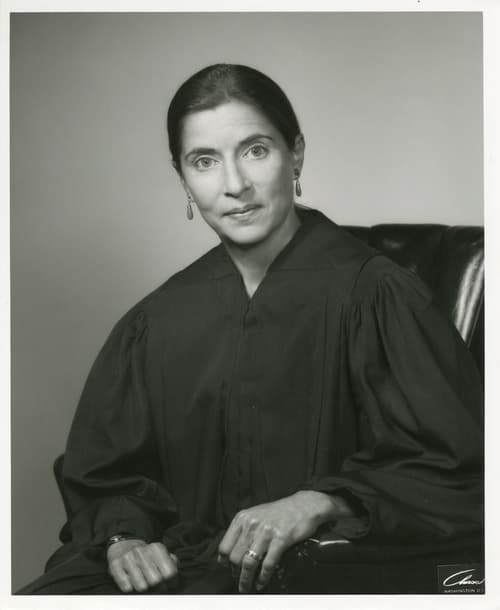

A five-justice far-right majority - Justices Clarence Thomas, Samuel Alito, Neil Gorsuch, Kavanaugh and Barrett - a lineup made possible only because Ginsburg was no longer on the bench - decided to allow the Texas law to take effect. So before they got to the Mississippi case, Supreme Court justices heard the Texas controversy on an expedited schedule. It was a way to insulate state officials from lawsuits and try to ensure that judges would not block enforcement of the law. Legislators added a shrewd twist to their so-called “heartbeat law,” delegating the enforcement of the ban to private citizens. The Texas Legislature passed a statute, SB 8, that forbade abortions at the first sign of cardiac activity, roughly six weeks into pregnancy. Meanwhile, other Republican-run states were inspired by Barrett’s succession of Ginsburg to write anti-abortion laws.

And in previous cases, the justices had consistently accepted the fetal viability benchmark established in Roe, that women were free to make the abortion choice before viability, at about 23 weeks. Roe’s viability standard was nearly 50 years old. Casey, which upheld the right of a woman to end a pregnancy before the fetus was viable, that is, could live outside the womb.Īround the time the justices were scheduled to first decide whether to grant or reject the Mississippi appeal, Ginsburg died.Īfter Barrett settled in, the court announced in May 2021 that it would hear Mississippi’s appeal later in the year.


The state had lost in lower courts because its prohibition clashed with the 1973 Roe v. Ginsburg was still alive and serving in June 2020 when the state first filed its petition to the Supreme Court defending a ban on abortions at 15 weeks of pregnancy. The state of Mississippi and other opponents of abortion had perfect timing. Momentum at the court and in the states against abortion rights “They have exhibited extraordinary vision, tenacity, and grit - battling often steep odds in the legislative and judicial arenas, not to mention in their daily lives.” “Millions of gay and lesbian Americans have worked hard for many decades to achieve equal treatment in fact and in law,” he wrote in dissent as a six-justice majority expansively interpreted a 1964 law prohibiting sex discrimination so that it would cover LGBTQ employees. Kavanaugh similarly sought to have it both ways a few months later, when he tried to soften a vote against LGBTQ rights by asserting respect for gay interests.


 0 kommentar(er)
0 kommentar(er)
